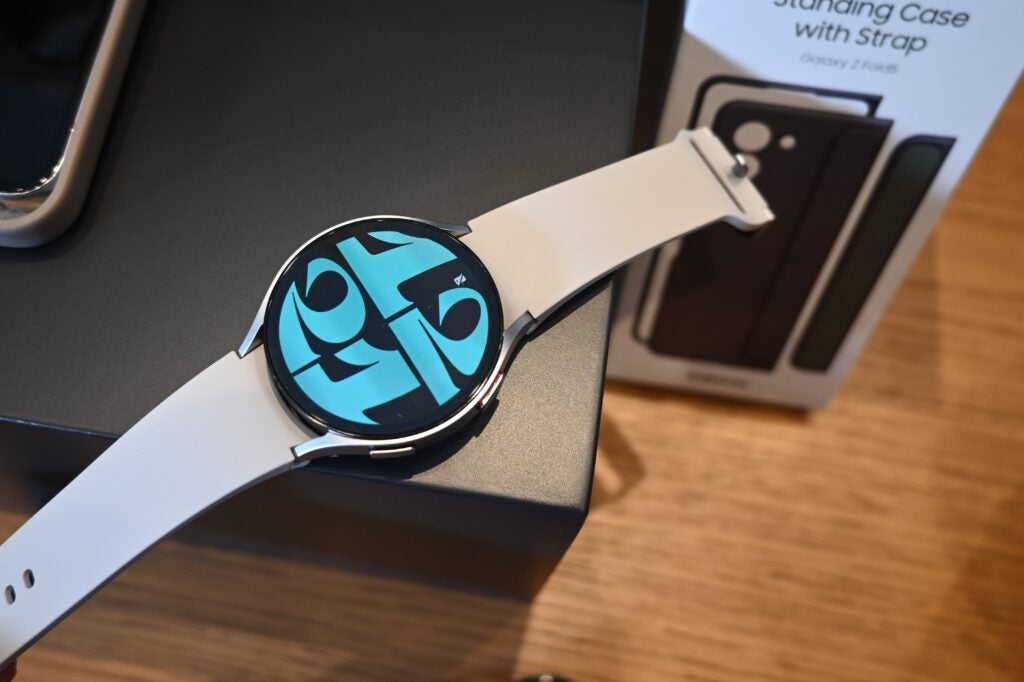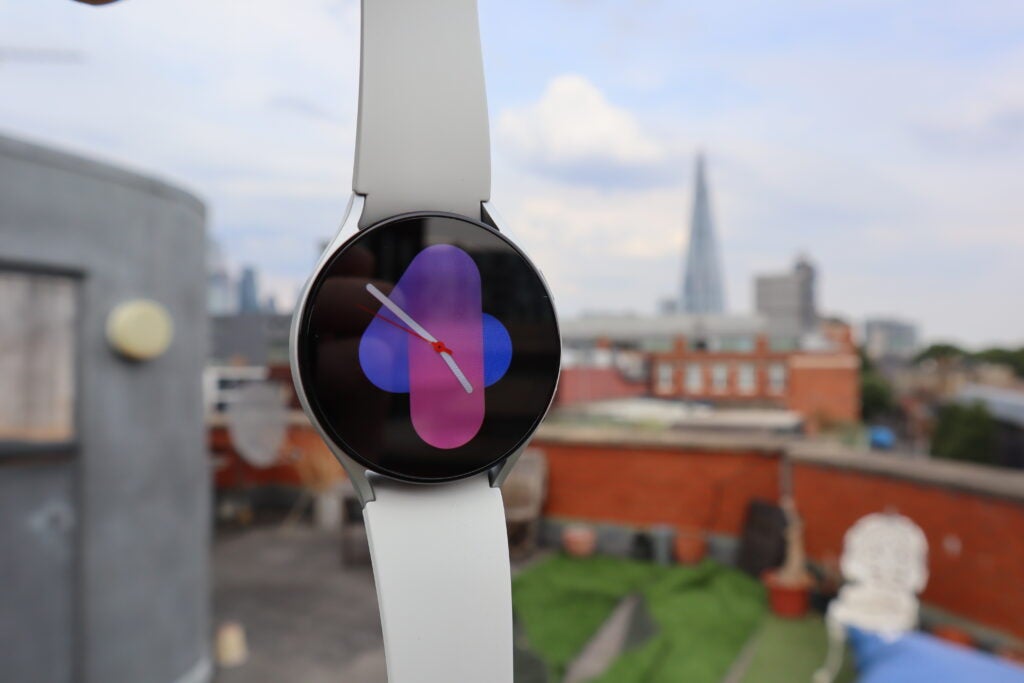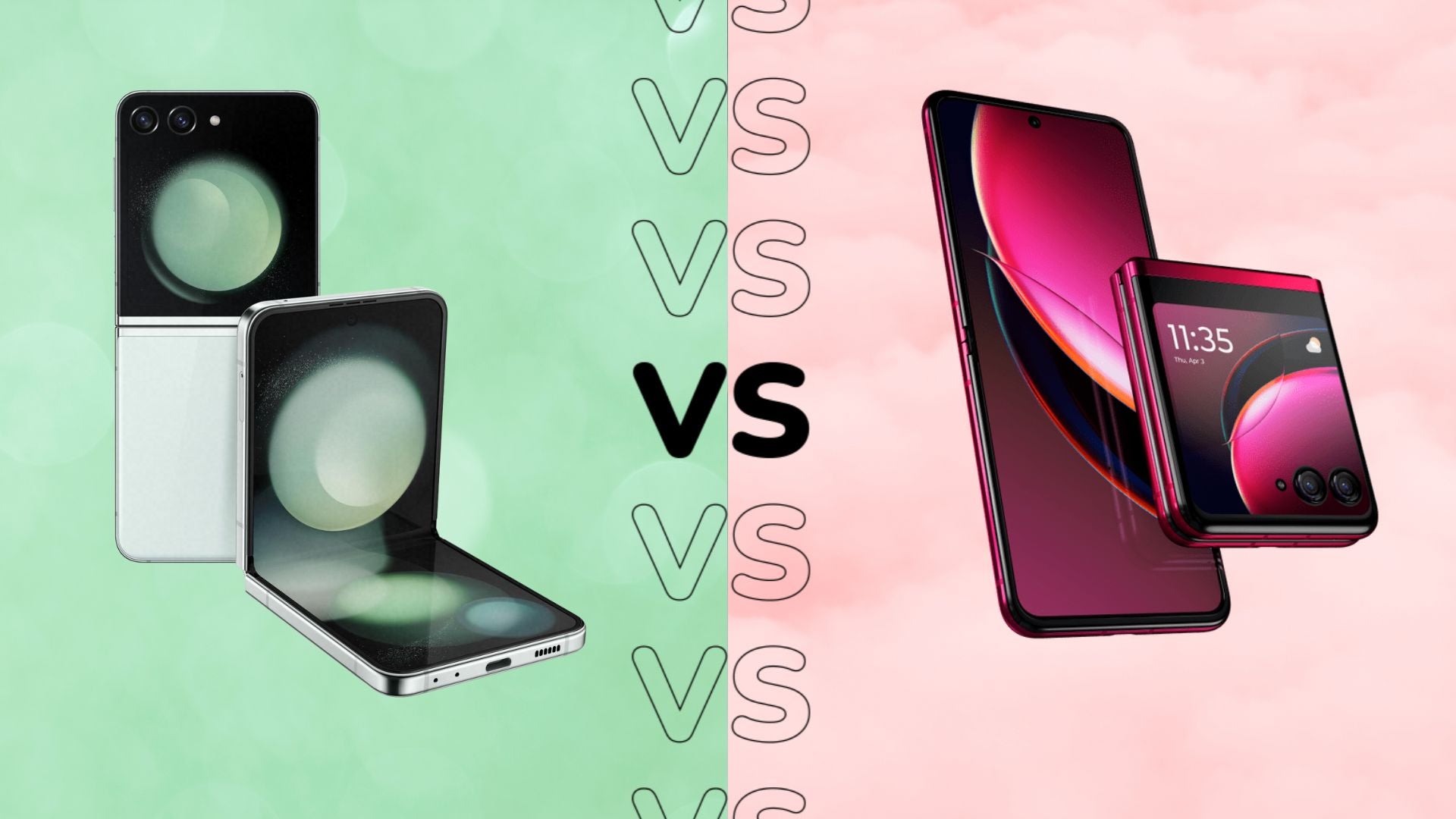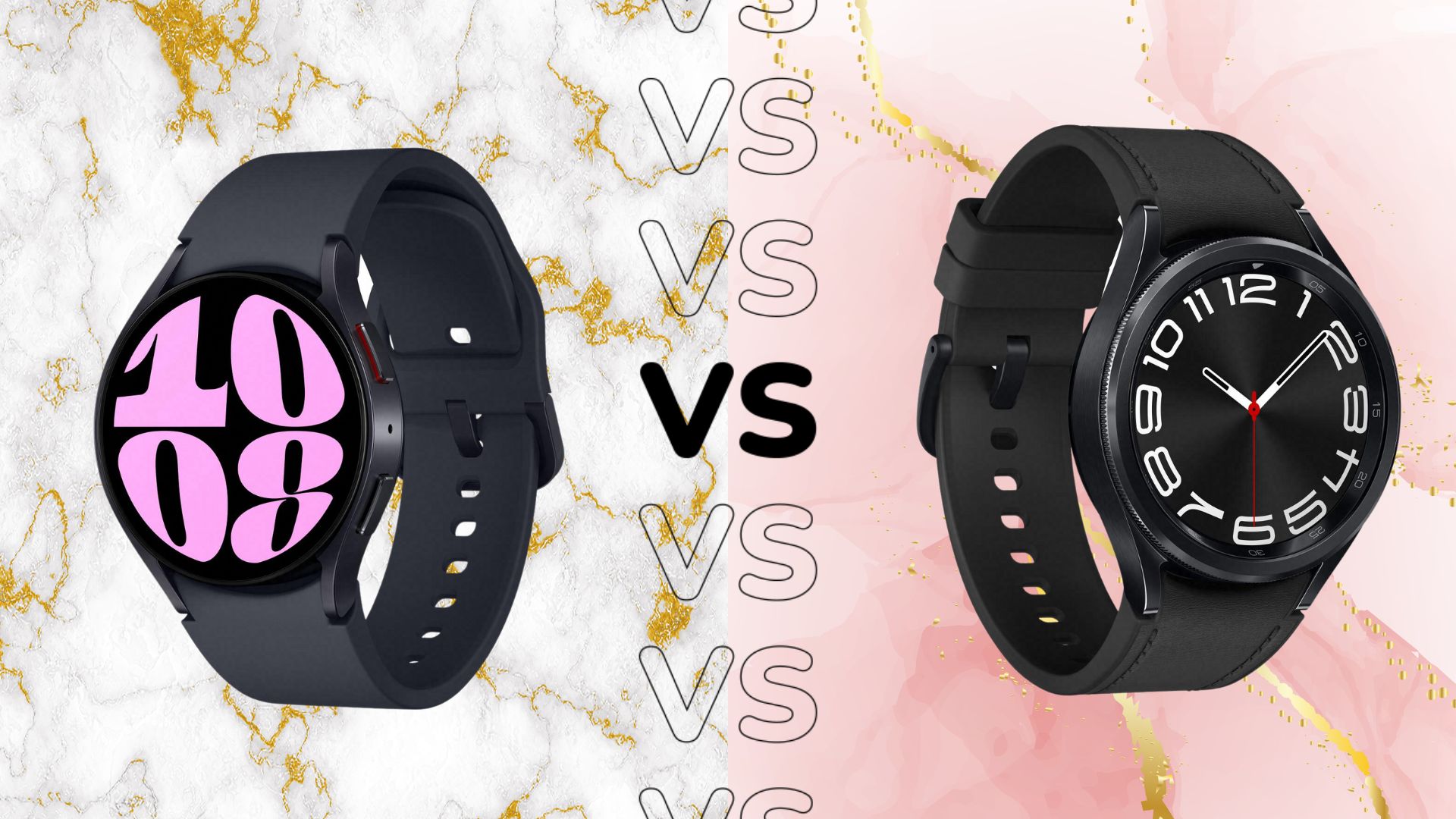Samsung Galaxy Watch 6 vs Galaxy Watch 5: The key changes you need to know

Just as we expected, Samsung has refreshed its wearable lineup this year with some brand new models, the Galaxy Watch 6 and, interestingly, the Galaxy Watch 6 Classic, which has now replaced the Galaxy Watch 5 Pro line.
Since we’ve finally been able to review the Galaxy Watch 6 in all of its glory, we can help advise any Galaxy Watch 5 owners on what really sets these two devices apart, and if the latest model is worth the update. To find out all the key differences between these wearables, make sure you keep reading.

The screen is 20% bigger
As bright as the display was on the Galaxy Watch 5, it was unfortunately hemmed in by some fairly hefty bezels all around its exterior. This time around, the Galaxy Watch 6 has no such affliction thanks to a major revamp to the display.
Not only is the screen 20% larger on the Galaxy Watch 6, but the bezels have also been decreased by 30%. What this means is that Samsung has been able to enlarge the display while keeping the overall size of the watch mostly the same, as the Watch 6 still comes in 40 and 44mm options. We felt that it made the watch feel more confident in its form factor than ever before and massively added to its aesthetic.
The Galaxy Watch 6 should last longer
Compared to the likes of the Apple Watch, the Galaxy Watch 5 could go for a reasonable length before needing to have its battery topped up – you could easily get two days of use under the right circumstances. Against wearables from Garmin, and even the recent TicWatch Pro 5, this battery life pales in comparison, something that Samsung seems to be aware of.
In order to fight back against the competition, the Galaxy Watch 6 now features a larger battery: 300mAh and 425mAh on the 40mm and 44mm options respectively. Unfortunately, we noticed that the wearable’s battery dropped considerably during the night to the point where it needed to be quickly topped up in the morning. Turning off the always-on display did help its endurance, but we found that there will be very few scenarios wherein you can genuinely get two days of use out of the Galaxy Watch 6.

Faster day-to-day performance
From the time I spent with the Galaxy Watch 5, I never felt as though the Exynos W920 chipset wasn’t up to the task as it performed incredibly well during everyday use. Samsung appears to disagree however as it’s made sure to upgrade the Galaxy Watch 6 with a new processor.
Samsung opted to pack the Galaxy Watch 6 with the Exynos W930, giving it a faster processing speed of 1.4GHz (over 1.18GHz on the Watch 5). Our reviewer noted that since the Galaxy Watch 5 never felt slow, it was hard to see a major leap in performance, but everything continued to run very smoothly. Samsung’s UI also arguably shows off Wear OS in its best light, with the Pixel Watch coming in at a close second in that regard.
The Galaxy Watch 6 is more expensive
As you may have anticipated, these upgrades over last year’s model do come at a cost. The Galaxy Watch 6 has a starting price of $299.99/£289, which is $30/£20 more than the Galaxy Watch 5’s entry-level $279.99/£269 price tag.
As far as price upticks go this is hardly the most outrageous that we’ve seen, but it’s still an increase nonetheless. The larger screen is arguably one of the biggest upgrades that the Galaxy Watch 6 offers over its predecessor, so if you’re interested in having more screen room to play with, it might be worth paying the extra $30/£20.








